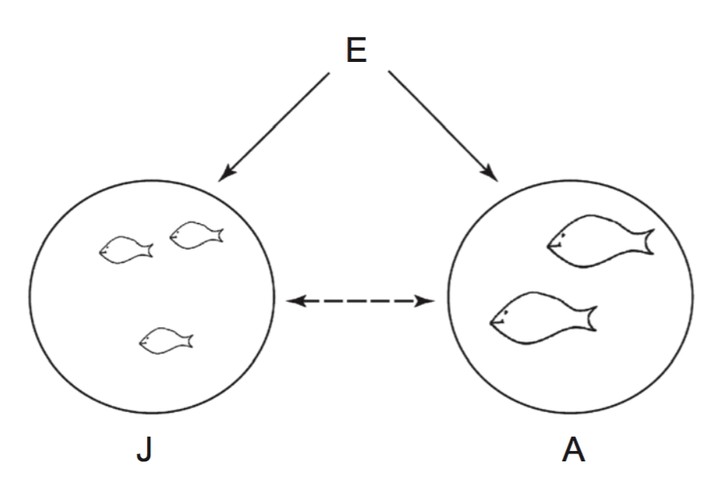How to balance the offspring quality–quantity tradeoff when environmental cues are unreliable

Abstract
Maternal effects on offspring size can have a strong effect on fitness, as larger offspring often survive better under harsh environmental conditions. Selection should hence favour mothers that find an optimal solution to the offspring size versus number tradeoff. If environmental conditions are variable, there will not be a single optimal offspring size, as predicted in a constant environment, but plastic responses can be favoured. To be able to adjust offspring size in an adaptive manner, mothers have to use environmental cues to predict offspring environmental conditions. Cues can be unreliable, however, particularly in species where individuals occupy different niches at different life stages. Here we model the evolution of plasticity of offspring size when the environmental cues mothers use to predict the conditions experienced by their offspring are not perfectly reliable. Our results show that plastic strategies are likely to be superior to fixed strategies in a stochastically varying environment when the environmental cues are at least moderately reliable, with the threshold depending on plasticity costs and the difference of resources available to mothers. Plasticity is more likely to occur if resource availability is not too different between environments. For any given scenario, plasticity in offspring size is favoured if offspring survival varies greatly between environmental states. Whenever plastic strategies are optimal, the occurring switches performed by mothers between small and large offspring are predicted to be substantial, as small adjustments are unlikely to reap fitness benefits great enough to overcome the costs of plasticity.